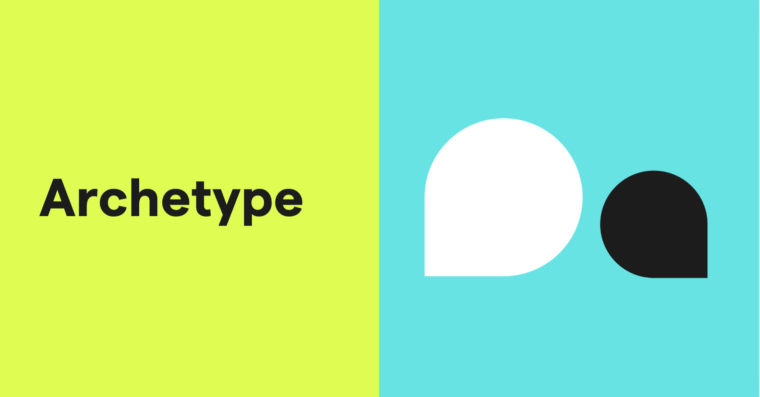
Superheroes need supervillains, idealists need realists, brilliant and eccentric scientists need humble lab assistants. This literary balancing act is why we have foils. A literary foil is a character who contrasts with the main character in order to highlight the main character’s attributes. The purpose of the foil is to give the protagonists more color, depth, and nuance.
What is a foil in a narrative?
A foil character is a literary element that serves as a contrast to the main character, or the protagonist. The foil’s personality traits, attributes, values, or motivations serve to highlight the traits of the protagonist. If the protagonist is brave, the foil is timid. If the protagonist is kind, the foil is cruel. This contrast reveals the protagonist’s personality more clearly.
The term “foil” derives from the metal foil that jewelers place under gems to make them shine more brightly. By providing contrast, a jewel’s brilliance and facets become more apparent. Similarly, a literary foil character serves as a backdrop to make the protagonist “shine.”
What is the purpose of a foil?
The literary element of foil characters serve several important purposes in storytelling and character development. First, they contrast with the protagonist, throwing the main character’s attributes into sharper relief.
Second, foils allow a writer to illuminate certain qualities of a character without having to exaggerate them. A math whiz seems even more brilliant if the rest of her class can barely add; a sports prodigy is even more triumphant when he carries a sluggish team to victory. The writer doesn’t have to give the characters superpowers in order to make them stand out.
Finally, a foil helps readers understand the protagonist by showing who they are not. The contrasts reveal the essence of the main character.
How to identify a foil
There are a few key ways you can identify a character as a foil in a narrative:
- Contrasting character traits: A foil frequently has traits that oppose or differ from the main character. A brave protagonist may have a meek, cowardly foil while an honest protagonist could have a foil who lies and cheats.
- Motivations: Does a character have different goals and aspirations than the protagonist? If the protagonist is driven by duty, the foil may be motivated by selfish pursuits.
- Behavior and actions: Note how characters differ in how they act or react to others and their environment. A protagonist who always stops his walk to pick up a piece of trash might have a foil who hurriedly moves through life and leaves a mess.
- Observe interactions: See how a protagonist and other characters interact with each other. Do they argue over contrasting opinions? Do misunderstandings often arise? These dynamics can spotlight distinctions.
3 other types of foils
Literary foils show up most often as characters, but writers can also create foils that are objects, symbols, or subplots:
1 Object foil
An object foil uses inanimate objects to contrast one another. This type of foil is typically used in settings. For example, the shire in The Lord of the Rings is a pleasant, homey farmland, a complete contrast that emphasizes the danger and uncertainty elsewhere. A recurring object foil may also be a motif.
2 Symbolic foil
This foil represents values or qualities that contrast on a symbolic level with the protagonist. For example, the weather could shift at a certain point in the story, turning from months of torrential rain to a clear, blue-skied day. This sharp contrast might symbolize an internal change in the protagonist, or mark a turning point in the plot.
3 Subplot foil
The contradicting natures of subplots can emphasize certain elements in the primary storyline. For example, in a novel with a main plot focused on war, the author could include a romantic subplot between two side characters. Their tender relationship and hopes for the future serve as an emotional foil, contrasting the violence and horror of war.
Foil vs. antagonist
Both foils and antagonists oppose the protagonist in some way. A foil is a character who contrasts with the protagonist, emphasizing the protagonist’s attributes. An antagonist is a character who opposes the protagonist, serving as an adversary that the protagonist must struggle against or overcome. Oftentimes, an antagonist pushes the story’s plot forward, while a foil contributes to character development. The main distinction is that a foil contrasts, while an antagonist conflicts.
An antagonist can be a foil, as they often are in superhero stories, but they are not necessarily a foil. A foil can also be a sidekick, a romantic partner, or any other secondary character.
While a foil is often used in literary settings, you may also see the foil character referred to as a counterpoint, or an inverse or comparative character. These are synonyms that can be used to describe a foil character.
Examples of a foil in literature
- Pride and Prejudice by Jane Austen: Mr. Darcy is reserved and critical while Mr. Bingley is cheerful, eager to please, and impressionable. Mr. Darcy is a foil to Mr. Bingley.
- 1984 by George Orwell: Julia is a foil to Winston. Julia is concerned about only her personal pleasure, while Winston yearns for political change and rebellion against the Party.
- The Great Gatsby by F. Scott Fitzgerald: Tom Buchanan is a foil to Jay Gatsby. Tom comes from old money, while Gatsby is a mysterious, self-made man. Tom is brutal, while Gatsby is charming and hospitable.
- Sherlock Holmes by Arthur Conan Doyle: Dr. Watson’s grounded logic foils Sherlock’s unconventional genius and intensity.
- Of Mice and Men by John Steinbeck: The cynical, hardened George foils the innocent, soft-hearted Lennie.
- To Kill a Mockingbird by Harper Lee: The ignorant, prejudiced Bob Ewell foils the fearless, idealistic Atticus Finch. Also in To Kill a Mockingbird, the reclusive, kind Boo Radley foils the cruel, vindictive Bob Ewell.
- Jane Eyre by Charlotte Brontë: The reserved, moralistic St. John Rivers foils the passionate, free-spirited Mr. Rochester.
- Romeo and Juliet by William Shakespeare: The quick-tempered, defiant Tybalt foils Romeo’s tenderness and romantic worldview.
Foil in narrative FAQs
What is a foil?
A foil is a character who contrasts with the protagonist, highlighting the protagonist’s attributes.
What is the purpose of a foil?
The purpose is to emphasize the main character’s traits by providing a contrasting character.
What’s the difference between a foil and an antagonist?
An antagonist directly opposes the protagonist, while a foil indirectly develops the protagonist by providing contrast.






